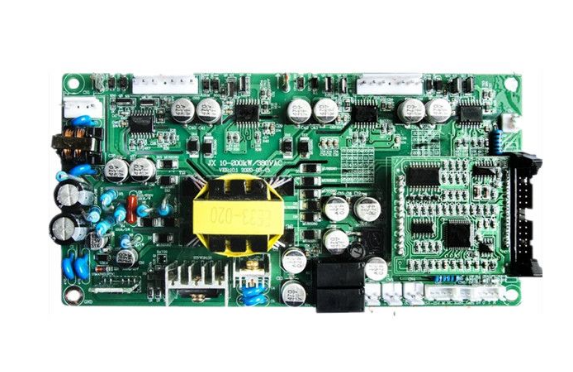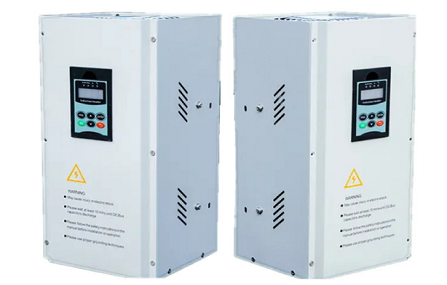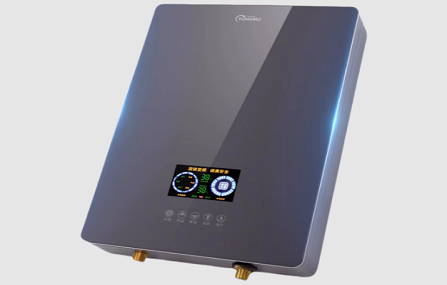An induction heater circuit is a device that uses electromagnetic induction to heat conductive materials. It consists of several key components that work together to generate and control the high-frequency electromagnetic fields required for induction heating. Let's explore the main components of an induction heater circuit:

100Kw-200Kw, 3 phases Induction Heating Main Circuit Board
1. Power Supply:
The power supply is the source of electrical energy for the induction heater circuit. It typically provides high-frequency alternating current (AC) power to the circuit. The power supply can be an oscillator circuit or a solid-state power inverter that converts low-frequency AC or direct current (DC) into high-frequency AC.
2. Oscillator Circuit:
In some induction heater circuits, an oscillator circuit is used to generate the high-frequency AC. The oscillator circuit produces a high-frequency signal typically in the range of a few kilohertz to several megahertz. This signal is then amplified and fed to the heating coil or inductor.
3. Solid-State Power Inverter:
Another common type of power supply for induction heater circuits board is a solid-state power inverter. It converts low-frequency AC or DC power into high-frequency AC using semiconductor devices such as insulated gate bipolar transistors (IGBTs) or metal-oxide-semiconductor field-effect transistors (MOSFETs). The inverter circuit can provide precise control of the frequency and power output of the induction heater.
4. Capacitors:
Capacitors are used in the induction heater circuit to store and discharge electrical energy. They are connected in parallel with the inductor and help create high-frequency oscillations by storing energy during the positive half-cycle of the AC signal and releasing it during the negative half-cycle. Capacitors also help to maintain the resonance of the circuit and improve its efficiency.
5. Inductor or Heating Coil:
The inductor or heating coil is the main component responsible for generating the high-frequency magnetic field used for induction heating. It is typically made of a coil of copper or aluminum wire wound around a core material, such as ferrite or laminated iron. When the high-frequency AC current flows through the inductor, it generates a rapidly changing magnetic field that induces electrical currents, known as eddy currents, in the conductive material placed within its magnetic field.
6. Work Coil:
The work coil is the part of the induction heater circuit that comes in direct contact with the material being heated. It is designed to match the impedance of the inductor and provide efficient power transfer to the workpiece. The work coil is usually made of copper tubing or other conductive material and is shaped to accommodate the shape and size of the workpiece.
7. Driver Circuit:
The driver circuit controls the operation of the power supply or inverter, regulating the frequency, power output, and other parameters of the induction heater circuit. It typically includes control circuits, microcontrollers, or programmable logic controllers (PLCs) that monitor and adjust the operation of the circuit based on feedback from sensors or user input.
8. Cooling System:
Induction heating generates significant heat, so a cooling system is necessary to prevent overheating of the components. The cooling system may include heat sinks, fans, or liquid cooling methods to dissipate heat from the power electronics and other heat-generating components.
9. Control Panel:
The control panel provides a user interface for setting and monitoring the operating parameters of the induction heater circuit. It may include buttons, knobs, displays, and indicators for adjusting power levels, frequency, and temperature, as well as displaying real-time information about the operation of the system.
10. Safety Features:
Induction heater circuits often incorporate safety features to protect against overheating, overvoltage, overcurrent, and other potential hazards. These safety features may include temperature sensors, current sensors, circuit breakers, and emergency stop buttons.
It's important to note that the specific components and their configurations may vary depending on the design and intended application of the induction heater circuit. Advanced induction heater circuits may incorporate additional features such as feedback control systems, programmable heating profiles, and data logging capabilities.








